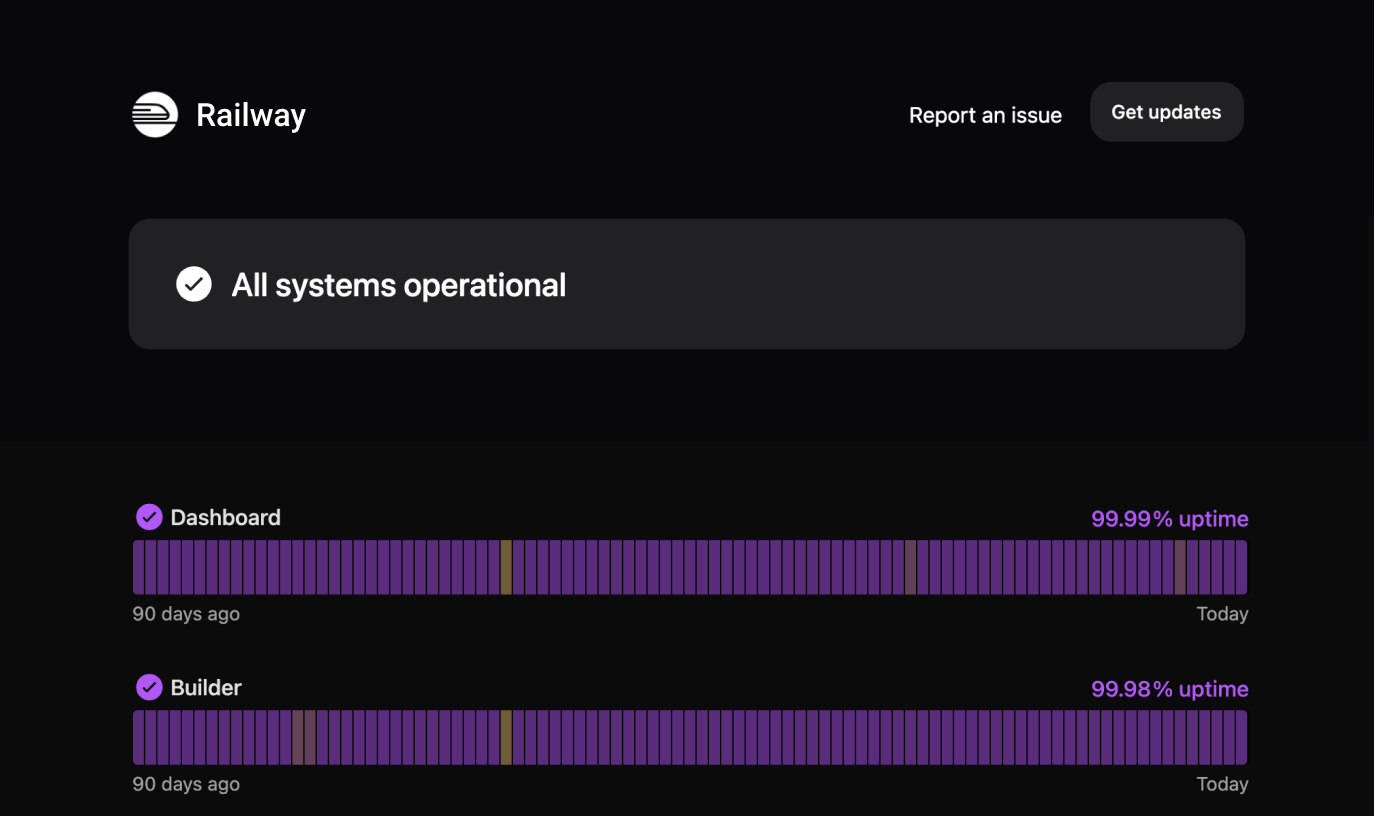Application Release Automation (ARA): Definition, Best Practices, and Tools

Any DevOps team worth their salt must have a clear plan for deploying new application releases. And the best application release plans involve automating the application lifecycle process from development through deployment.
Application release automation is essential for DevOps teams to collaborate through versioning, code testing, and scheduling releases. Deployments are make or break, so getting them right is important.
Improper handling of application releases can lead to an overreliance on status pages, like Instatus, as your team struggles to handle rollbacks, bug fixes, and other issues.
What is Application Release Automation (ARA)?
Application Release Automation or ARA is the packaging and deployment of applications and code using automation release tools. In more technical terms, it’s an application for planning and activating setup procedures and versions of in-development software applications. Automation software handles workflow components as configured by Ops teams.
Automation is best when extended across the development lifecycle, including development, testing, and production. When workflows are activated, packages containing deployment and configuration parameters are deployed.
In essence, ARA handles remove automates otherwise time-intensive manual tasks associated with application releases.
Importance of Application Release Automation in DevOps
While ARA is more specifically an Ops process, it’s vital to the overall success of a DevOps team. Deployment frequency is one of the key DORA metrics for measuring your team's success. If your team isn’t already a high or elite-performing team, then Application Release Automation can help increase your deployment frequency.
Application Release Automation offers a multitude of benefits to DevOps teams:
- Reduces delivery timelines
- Decreases the need for manual tasks
- Streamlines the deployment process
- Improves team agility and efficiency
Status page services help build trust with your users by automatically monitoring your services and updating status changes during unexpected incidents or planned maintenance. While an essential tool, status pages like the beautiful pages you can create with Instatus, should not be a crutch for poor deployment practices. If your team is repeatedly relying on your status page while your team scrambles to push a patch to solve dependency errors or bugs, then ARA can help.
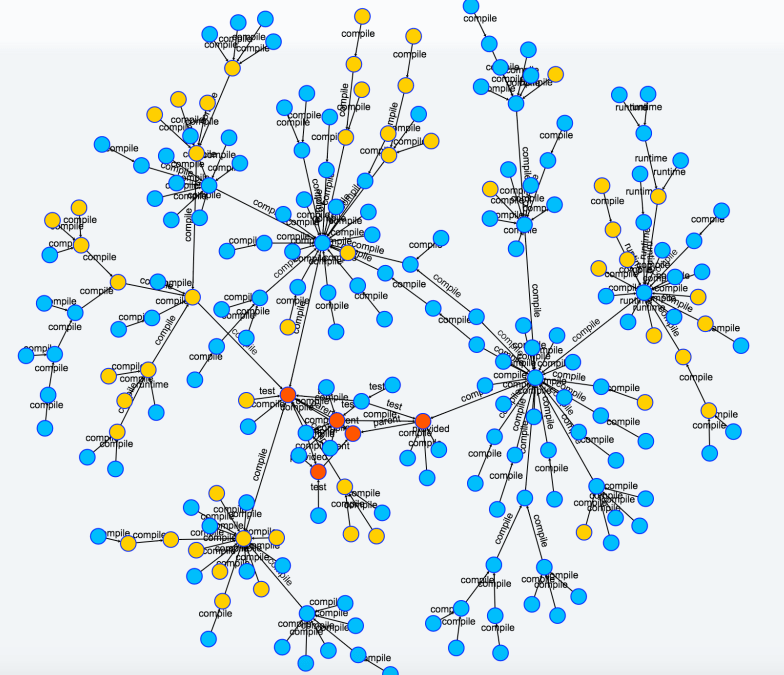
ARA Best Practices
Without proper implementation of ARA a DevOps team might not reach its full potential. A team may even waste time and money if they don’t understand the best practices of Application Release Automation. Here are four core components of a successful ARA implementation:
- CI/CD Integration
We’ve said it before, and we’ll say it again: continuous integration and continuous deployment are core tenets of DevOps. For any new process to work with existing infrastructure, it must integrate well. ARA practices should improve the existing CI/CD pipeline, eliminating inefficiencies and reducing delivery times. The concepts stack together to yield a smoother SDLC overall.
- Packaging
Packaging is an essential component of smooth DevOps application releases. A package is a group of service infrastructure changes that are released together. Infrastructure should be developed, deployed, and tested together to be combined into the same package.
Release packaging managers move the newest release package to the test environment for testing. Then the release gets moved onto the production environment.
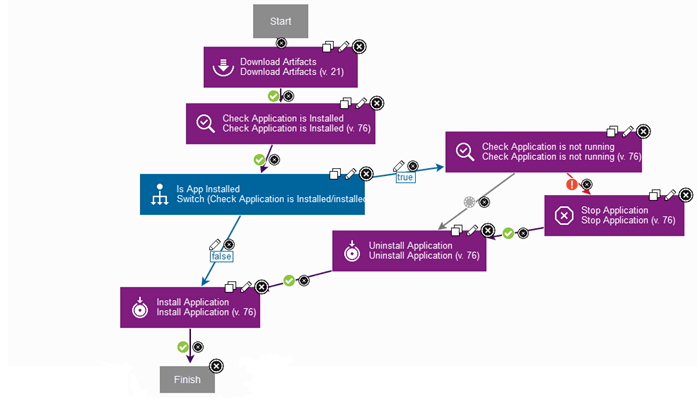
- Dependencies
Dependencies are components (like a utility or library) that a piece of software relies on. For example, if service A relies on component B, which relies on software C, then A, B, and C are all dependencies.
As an application's scale and complexity increase, the number of dependencies increases. All of these essential pieces of software combine into a dependency graph. Managing dependencies can rapidly become this unwieldy monster that steals too much of your Ops team’s time away from other vital tasks.
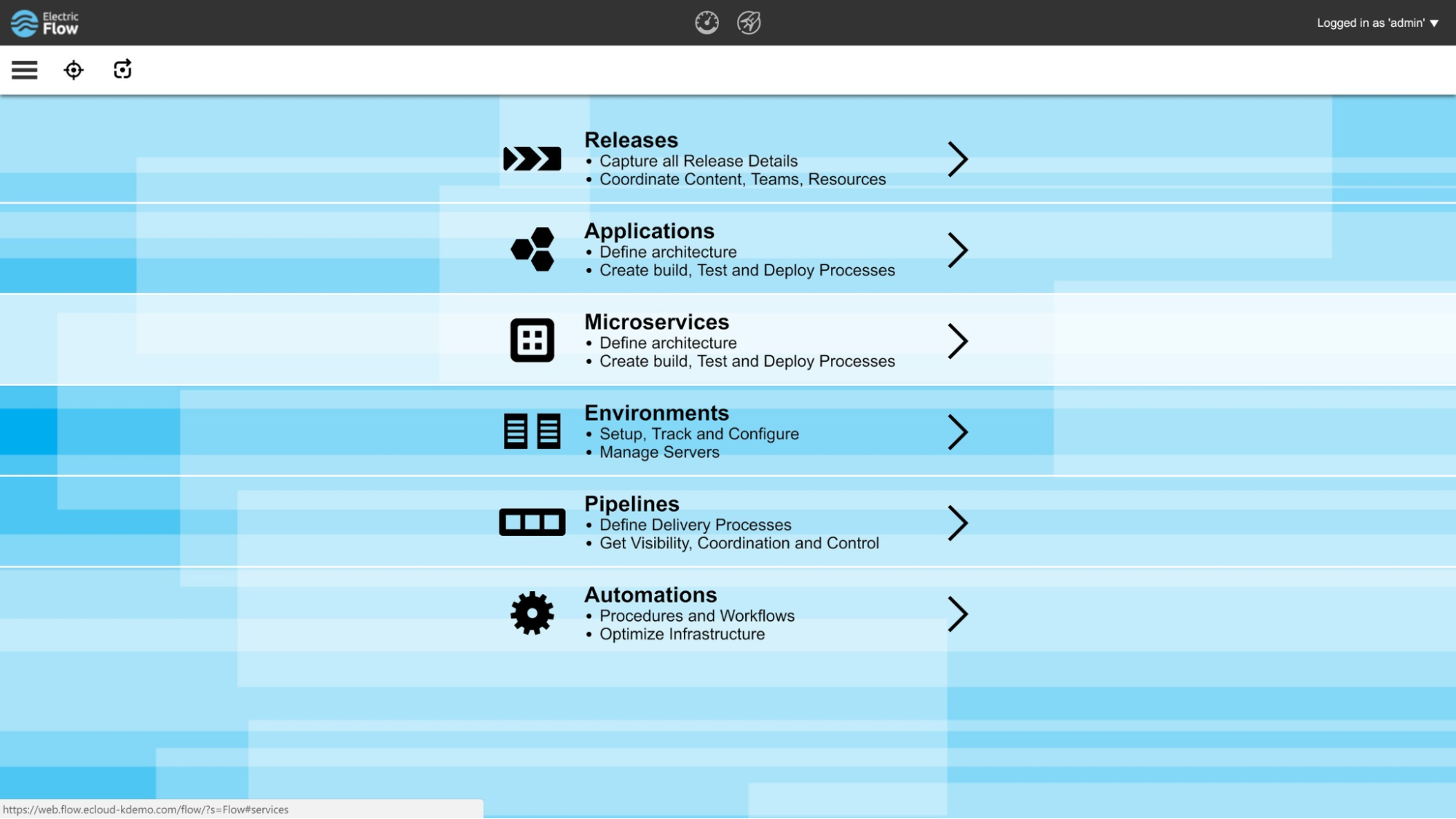
Ensure your team uses a dependency manager to prevent a nightmare. A dependency manager will keep track of any necessary dependencies without manual input from your team.
- Semantic Versioning (Semver)
There is a right and a wrong way to version your releases. The wrong way involves skipping numbers or using plain English names. This confuses your users, as they cannot automatically logically understand where the new version fits in.
If your production version was 5.0 and your newest release is 7.0, then what happened to 6.0? There might be sound internal reasoning for this choice that your team understands, but your customers won’t.
And your team releases versions with the name ‘Smoke Gray’ or ‘Burnt Umber’ there’s no way for your users to know which is more recent without looking it up. These are anti-user versioning schemes.
Instead, use semantic versioning, the industry-accepted practice of separating your releases into segments with the MAJOR.MINOR.PATCH format:
- MAJOR: any major releases that limit backward compatibility.
- MINOR: minor releases, usually new features with backward compatibility.
- PATCH: the most minor of releases, typically bug fixes or security updates.
For example, version 2.10.3 would be older than version 2.13.1. If your team isn’t using semantic versioning, you should immediately decide how to transition to a more appropriate version naming system.
Application Release Automation Tools
ARA platforms are included with all of the top cloud hosting providers, including AWS, Google, Microsoft Azure, Oracle, and IBM.
Beyond just enterprise offerings, there are open-source and free ARA tools available. Shop around to find the best fit for your team's needs. Let’s take a look at three application release automation tools that can help your team reach new levels of efficiency and speed to market:
Urban Code Deploy is an automated application-release solution provided by IBM. Urban Code Deploy is centered around continuous delivery and deployment and offers robust visibility and traceability tools. A graphical flow chart allows teams to plan automated deployment, upgrading, and rollback processes.
Managing Artifacts
Suppose you're not using an artifact repository or universal repository manager. In that case, your first step to effectively managing artifacts should be to browse the available options and select the best fit for your team and product.
Source code management tools and shared drives can work but are less effective when managing complex artifacts. For example, container images are incredibly useful but will be challenging to manage through alternative means.
A central hub for all artifacts is vital to the efficient and pain-free management of artifacts that may number hundreds or thousands by the initial launch of a software product. Choose an artifact repository that improves your development pipelines while offering dependable performance. Careful management of all artifacts advances the build, test, and deploy process by keeping artifacts easily accessible to be 'consumed' in later stages.
Here are some key ideas to remember when managing artifacts:
- Electric Cloud(Electric Flow)
Electric Cloud is a part of the ElectricFlow DevOps automation and CI/CD platform. Electric Flow is open source and available for free. Electric Cloud, more specifically, is software that provides visibility and automation for the entire delivery pipeline through a centralized management tool.
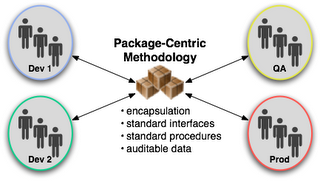
Digital.ai Agility offers strategic planning capabilities across the development life cycle. Your team can better handle feature requests within all levels of the organization through automation. Digital.ai Agility showcases metrics and analytics with custom dashboards. Easily integrate with your DevOps tools of choice, such as Azure or Jira. Digital.ai Agility is available for free for single teams or through the Ultimate ($39 user/month) or Enterprise ($29 user/month) plans.
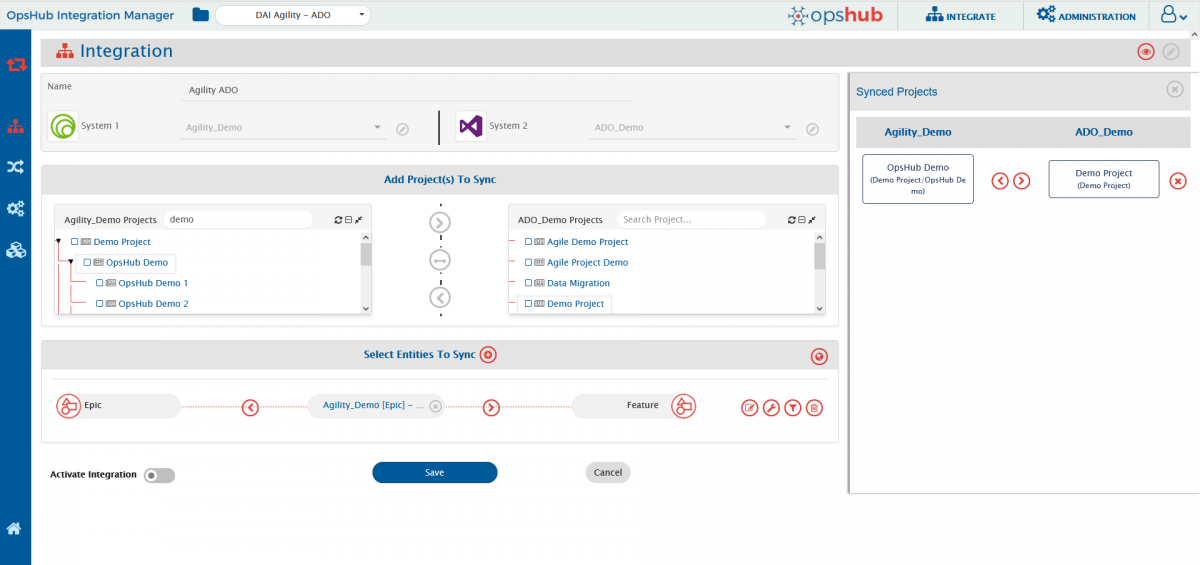
The Bottom Line
Ultimately, it’s your decision whether or not to implement Application Release Automation tools and best practices into your software development pipeline. But if your team relies heavily on disaster management tools like Instatus status pages, then it may be time to try something new.
Reduced delivery timelines, better team agility, and reduced manual workload are just some of the many benefits of ARA. You don’t have to scrap your existing CI/CD pipeline when adopting ARA because it can work in conjunction with your infrastructure to tackle bottlenecks and improve the software development lifecycle flow. The bottom line? Start looking for Application Release Automation solutions today.
Get ready for downtime
Monitor your services
Fix incidents with your team
Share your status with customers

